Animals (2022)
Nowhere to run.
Gênero : Thriller, Mistério
Runtime : 6M
Director : Kayra Aydın
Sinopse
A man encounters a bear in the woods. He tries to escape, just to end up in the arms of what he was trying to escape in the first place.

When a group of bored suburban teens experiment with a mysterious new drug, they are thrust into a nightmare world where hallucinations kill.
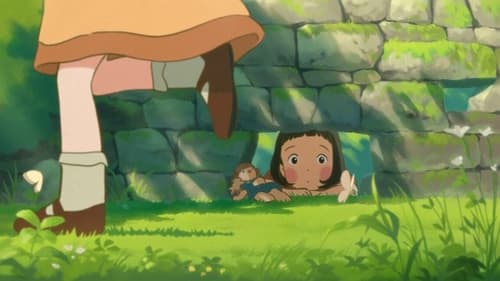
Paulette plays in the back yard, in the shade of a tall tree, with her doll, somewhere out in the countryside. Secretly watching other children have fun without her makes her sad. Then suddenly the wooden chair she is sitting on begins to move, and throws her off. She bravely gets on the chair again, which starts to buck like a wild horse, making her very happy. Racing through the countryside, the chair then throws her off, right into the middle of the group of playing children, helping her overcome her shyness.

This silent documentary with an original score was filmed through the eye of a 1924 hand-crank spring-wound Cine-Kodak camera. This film features Terry 'Coyote' Murphy representing the Native American influence of the isle of Manhattan. Coyote, a Shaman Trail Scout, takes a journey which transcends time, weaving from Inwood Park (where the island was traded for beads & booze), down a long native path (now called 'the great white way', more commonly known as 'Broadway'), to the lower reaches of Manhattan into 'ground zero' (which is now a sacred burial ground for not just the American Indian & the slaves of yesteryear, but for the newest natives of this island empire as well).

The Lord of Catan stars Amy Acker and Fran Kranz as a young married couple whose friendly game of Settlers of Catan plunges them into a vortex of madness and despair.
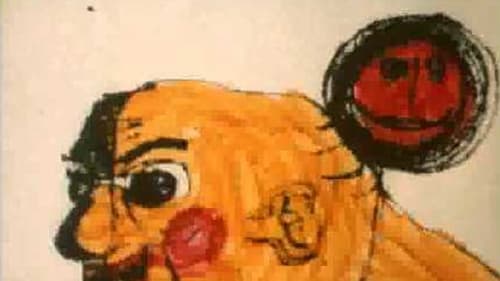
Animated short film.
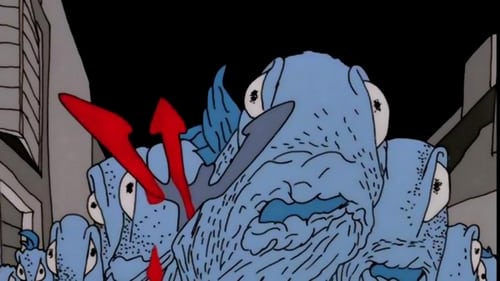
A fishing village falls prey to a nightmare revenge from the sea. Award-winning Yugoslavian animated short film.
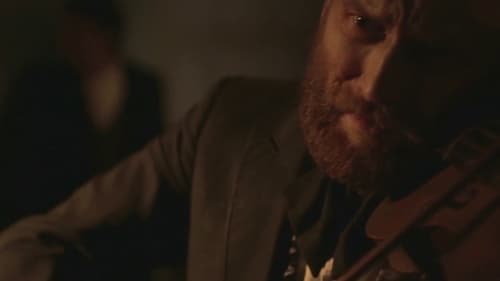
Charles Dexter Ward, a young student of metaphysics, befriends Erich Zann, an elderly violinist who lives on the floor above him. Ward is fascinated by Zann's sinister yet wonderful music, which he hears late at night drifting down from above. But he discovers more then he bargains for when he peers at what beckons beyond that strange curtained window in Zann's room...

This short, silent film captures a Sunday afternoon at a community skating rink. Iconic Quebec director Gilles Carle has the camera follow toddlers learning to skate, young girls flashing their skates and boys decked out in the colours of their favourite hockey teams. A picture perfect moment on a bright winter's day.

A distressed young woman, possibly on the run is surrounded by nothing but barren landscapes of forests and fields. As she progresses to an indiscernible denouement, the film contorts shape into a circular series of pulsating images that touches on the horror and the metaphysical.

Good Grief is a short stop motion animated documentary that explores the lessons we learn from dealing with grief and loss. Five real people share their true stories of losing something precious and what it has taught them about living.

Hortense Fauvel, the wife of a village postmaster, takes Aimée, a young shepherdess, under her wing. Aimée soon becomes engaged to François, the Fauvel’s loyal servant. At a fête hosted by the Count of Granval, Aimée gives her fiancé a knife, telling him that he should kill her if ever she ceases to be faithful to him. That same day, the Count is planning to have an amorous liaison with Hortense, but Aimée intervenes. To save her mistress from a scandal, Aimée tells the postmaster that it is she, not Hortense, who has been seeing the Count. Disgraced, Aimée is dismissed by the postmaster. François contemplates his revenge and recalls what Aimée said to him.

Alexandre Larose creates supernally spectral superimpositions infused with a meteorological mix and the intense lusciousness of the Québec landscape.

People attend their first halt in a newly opened lodge in deep forest, but something is waiting for them.

This short documentary depicts Christmastime in Montreal. The milling crowds, department store Santas, Brink's messengers, kindergarten angels and boisterous nightclubs all combine to make a vivid portrait of the holidays.

A group of people go on a picnic in the mountains. Longing for some love and understanding, they try to get close to one another, but the barriers are insurmountable. Failing to pull through their nutshells of solitude, they get back to the city, the eternal desert.

One summer afternoon in 1907, Abel and his wife (both mice) are picnicking, when they become separated during a violent rainstorm. After flying some distance, Abel discovers himself alone on a river island, unable to swim due to the powerful current. Abel periodically attempts to leave the island by various means: flying on a leaf, rowing a crudely fashioned boat, etc. Meanwhile, he tries to create a normal life of sorts, even learning to enjoy a new hobby: sculpture. Still, Abel's goal is to escape the island and rejoin his wife in the city.

Hykade's third and final part of The Country Trilogy. The once dead father of "We Lived in Grass" returns. "I give you the runt," he says. "But you take care of it and you kill it next year."

A group of boys playing near the seashore in Tokyo find a goat, kill it in a tug of war for ownership, bury it with ceremony, and, except for one boy, run off in heedless laughter ready for more games.
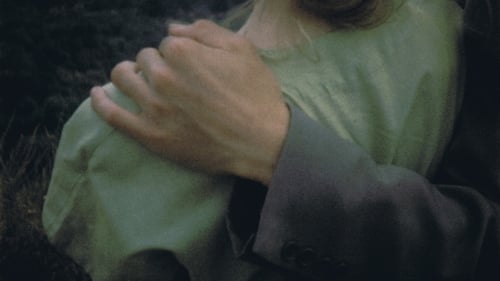
Psyche 1947, made while a student at USC, shows Markopoulos’ developing style and his sensuous use of colour and composition. Shot in the Hollywood hills, the film was inspired by an unfinished novella by Pierre Louÿs. - Tate Modern

Frieda Liappa in this short film casts an alternative gaze on the notion of historicity. Loukia is a teenager currently staying at her cousin’s house in Athens. Unlike her cousin she is timid and quite stressed for the school exam. She studies history. Between the lines of her book the historical events sprung up in a multidimensional way. Liappa transverses the dimensions of the real the imaginary and the symbolic. She invites the viewer to consider the construction of the filmic as well as the historical text. She succeeds in making a film with an open end and to leave room for our own contingent constructions.









